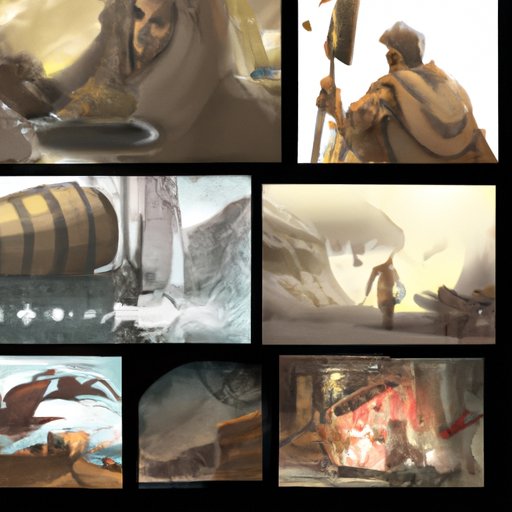Introduction
Concept art is an exciting and creative form of visual storytelling. It’s used to communicate ideas, concepts, or stories through sketches, paintings, and digital illustrations. These pieces can be used to help visualize characters, settings, environments, and other aspects of a story before they’re brought to life in a film, video game, comic book, or other medium. Whether you’re a student, hobbyist, or aspiring artist, understanding how to create concept art is a great way to explore your creative side and tell unique stories with your artwork.
Definition of Concept Art
Concept art is a type of visual art that is created to convey ideas, thoughts, or stories. This type of art is often used in the entertainment industry to help visualize characters, settings, and environments before they’re brought to life in a film, video game, comic book, or other medium. Concept art is usually created digitally, but it can also be done with traditional media such as pencils, paints, and markers.
Benefits of Creating Concept Art
Creating concept art provides many benefits. It can help you explore your creativity and come up with new ideas. It’s also a great way to practice and develop your artistic skills. By creating concept art, you can learn how to use line and shape, understand lighting and shadows, and incorporate color theory into your work. You can also use concept art to help tell stories and express yourself.
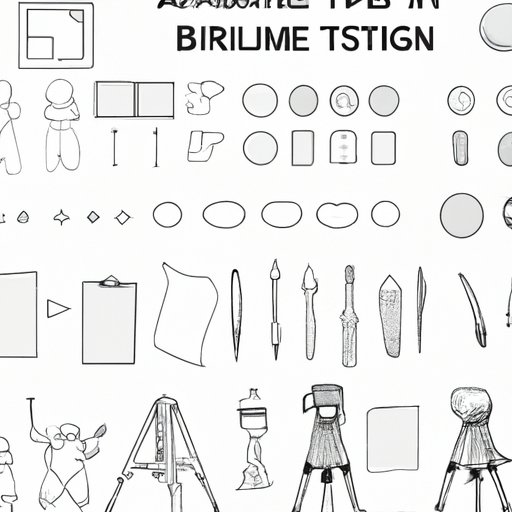
Outline the Basics of Concept Art Drawing
Before you begin creating concept art, there are some basics you should know. First, you need to choose the right tools. If you’re creating digital artwork, you’ll need a graphics tablet, drawing software, and a stylus. If you’re creating traditional artwork, you’ll need pencils, paints, and other supplies. Once you have the right tools, you can start exploring the basics of concept art drawing.
Choose the Right Tools
The right tools can make all the difference when it comes to creating concept art. For digital artwork, you’ll need a graphics tablet, drawing software, and a stylus. Popular drawing software includes Adobe Photoshop, Corel Painter, and Procreate. For traditional artwork, you’ll need pencils, paints, and other supplies. Choosing the right tools for your needs can help you achieve the desired results.
Understand Lighting, Shadows and Perspective
Lighting, shadows, and perspective are essential elements of concept art. Understanding how these elements interact will help you create more realistic and dynamic artwork. For example, if you’re drawing a character, you’ll need to consider the lighting, shadows, and perspective to make sure the character looks natural and believable. Learning how to use these elements effectively can take time and practice, but it’s worth the effort.
Learn How to Use Line and Shape
Line and shape are two of the most important elements of concept art. Lines can help define shapes and create movement, while shapes can help create depth and structure. Learning how to use lines and shapes effectively can help you create dynamic and interesting artwork. Experimenting with different line and shape combinations can help you find what works best for your style.
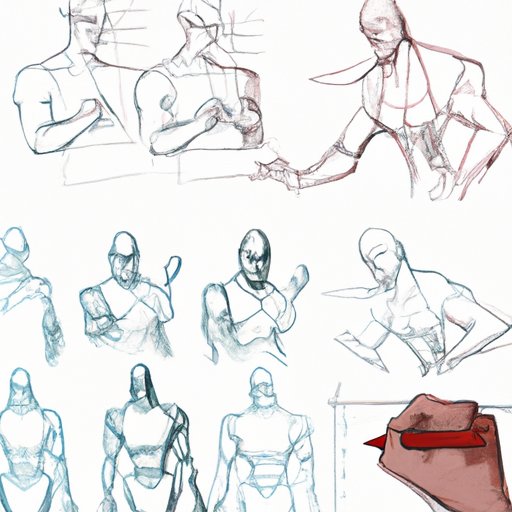
Demonstrate How to Create a Detailed Character Sketch
Creating a detailed character sketch is a great way to practice your concept art skills. By starting with basic shapes and adding details over time, you can create a convincing character illustration. Here are some tips on how to create a detailed character sketch.
Start with Basic Shapes
When creating a character sketch, it’s important to start with basic shapes. This will help establish the overall proportions and composition of the character. Start by drawing the head, torso, and limbs using simple shapes such as circles, ovals, rectangles, and triangles. Once you’ve established the basic shapes, you can start adding details.
Utilize Proportions and Perspective
Proportions and perspective are essential elements of character sketching. Make sure the proportions of the character are accurate and that the perspective is convincing. To do this, you may need to draw reference lines or grids to help you get the proportions and perspective right. You can also use reference images to help you get the proportions and perspective just right.
Incorporate Details
Once you’ve established the basic shapes and proportions, you can start adding details. This is where you can really bring the character to life. Start by adding facial features, clothing, and other details. You can also add texture and shading to give the character more dimension. As you incorporate details, pay attention to the lighting and shadows to make sure the character looks realistic and believable.
Showcase Techniques for Developing a Scene or Environment
Creating a scene or environment is a great way to practice your concept art skills. When creating a scene or environment, it’s important to focus on the elements that will help bring the scene to life. Here are some tips on how to create a convincing scene or environment.
Establish a Focal Point
When creating a scene or environment, it’s important to establish a focal point. This could be a character, object, or location that serves as the center of attention. Establishing a focal point will help you create a more engaging and dynamic piece of artwork.
Utilize Color Theory
Color theory is an important element of concept art. Using the right colors can help evoke certain emotions and create a sense of atmosphere. Utilizing color theory can help you create a more convincing and compelling scene or environment.
Build Depth with Foreground and Background Elements
Adding foreground and background elements can help create a sense of depth and scale. Incorporating elements such as trees, buildings, and other objects in the foreground can help make the scene more convincing. Adding distant mountains or clouds in the background can help create a sense of depth and scale.
Explain How to Use Color Theory to Enhance Your Piece
Using color theory is a great way to enhance your concept art. Color theory can help you create a more compelling piece of artwork by evoking certain emotions and creating a sense of atmosphere. Here are some tips on how to use color theory to enhance your artwork.
Understand Color Schemes
Understanding color schemes is an important part of using color theory. Color schemes are combinations of colors that create a certain mood or atmosphere. Common color schemes include monochromatic, analogous, complementary, triadic, and tetradic. Understanding these color schemes can help you create a more effective and compelling piece of artwork.
Utilize Contrast
Contrast is another important element of color theory. Utilizing contrast can help create a sense of depth and drama. Using light and dark colors in the same piece can help create a sense of depth and contrast. Experimenting with different color combinations can help you find what works best for your style.
Use Color to Evoke an Emotion
Color can be used to evoke certain emotions. For example, warm colors such as red and orange can create a feeling of excitement and energy, while cool colors such as blue and green can create a feeling of calmness and tranquility. Understanding how color can be used to evoke certain emotions can help you create a more effective and emotionally powerful piece of artwork.
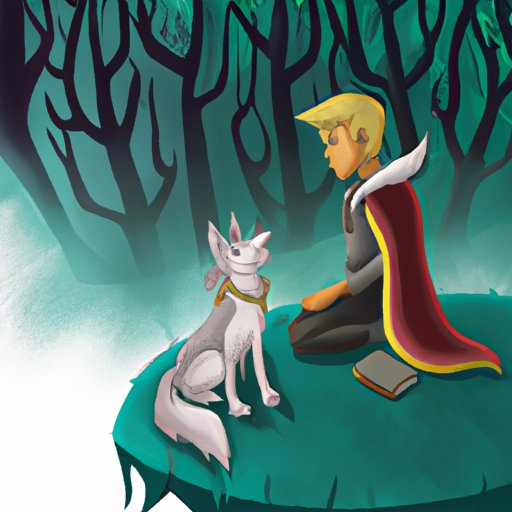
Give Tips for Incorporating Story Elements into Your Artwork
Incorporating story elements into your artwork can help bring the piece to life. Here are some tips on how to incorporate story elements into your artwork.
Choose the Right Characters
Choosing the right characters can help bring the story to life. Consider the characters’ personality, motivations, and goals. This will help you create more believable and engaging characters. You can also use symbols and imagery to help convey the characters’ personalities and motivations.
Utilize Symbols
Symbols can be a great way to convey a story without relying on words. Symbols can help establish a setting, convey emotions, and provide clues about the story. Incorporating symbols into your artwork can help create a more compelling and engaging piece.
Consider Setting and Atmosphere
When creating a story-based concept art piece, it’s important to consider the setting and atmosphere. Think about the time period, location, and other elements that will help bring the story to life. Incorporating details such as architecture, furniture, and clothing can help create a more convincing and immersive atmosphere.
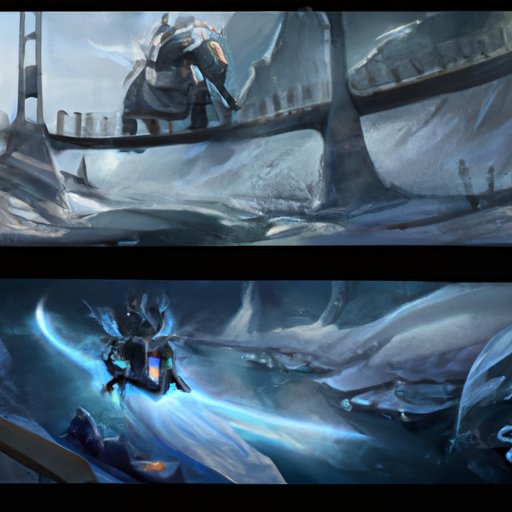
Share Examples of Professional Concept Art Pieces and How They Were Created
Learning from professional concept art pieces is a great way to improve your skills. By looking at how professionals create their artwork, you can learn valuable techniques and gain insight into how to create your own unique pieces. Here are some tips on how to learn from professional concept art pieces.
Leverage Professional Resources
There are many resources available to help you learn from professional concept art pieces. Websites such as ArtStation and DeviantArt feature portfolios of professional concept artists who share their artwork and discuss their techniques. You can also find online tutorials and workshops that teach you how to create professional-level artwork.
Analyze Professional Pieces
Analyzing professional concept art pieces is a great way to learn from them. Look closely at the lines, shapes, colors, and other elements that make up the piece. Pay attention to how the artist uses light and shadow to create a sense of depth and atmosphere. This will help you understand how to create your own unique and professional-level artwork.
Learn from Professional Artists
Learning from professional artists is one of the best ways to improve your concept art skills. Many professional artists offer online classes and workshops that teach you how to create professional-level artwork. You can also follow professional artists on social media and read interviews to gain insight into their creative process and techniques.
Conclusion
Creating concept art is a great way to explore your creativity and tell unique stories with your artwork. In this article, we’ve explored the basics of concept art drawing, from choosing the right tools and understanding lighting and perspective, to incorporating details and color theory for a more professional look. We’ve also discussed how to create a detailed character sketch, showcase techniques for developing a scene or environment, explain how to use color theory to enhance your piece, and give tips for incorporating story elements into your artwork. Finally, we’ve shared examples of professional concept art pieces and how they were created.
Creating concept art takes practice and dedication, but it’s a rewarding and fulfilling experience. With the right tools and knowledge, you can create amazing pieces of artwork that tell compelling stories and evoke powerful emotions. So go ahead and start exploring the world of concept art!
(Note: Is this article not meeting your expectations? Do you have knowledge or insights to share? Unlock new opportunities and expand your reach by joining our authors team. Click Registration to join us and share your expertise with our readers.)
